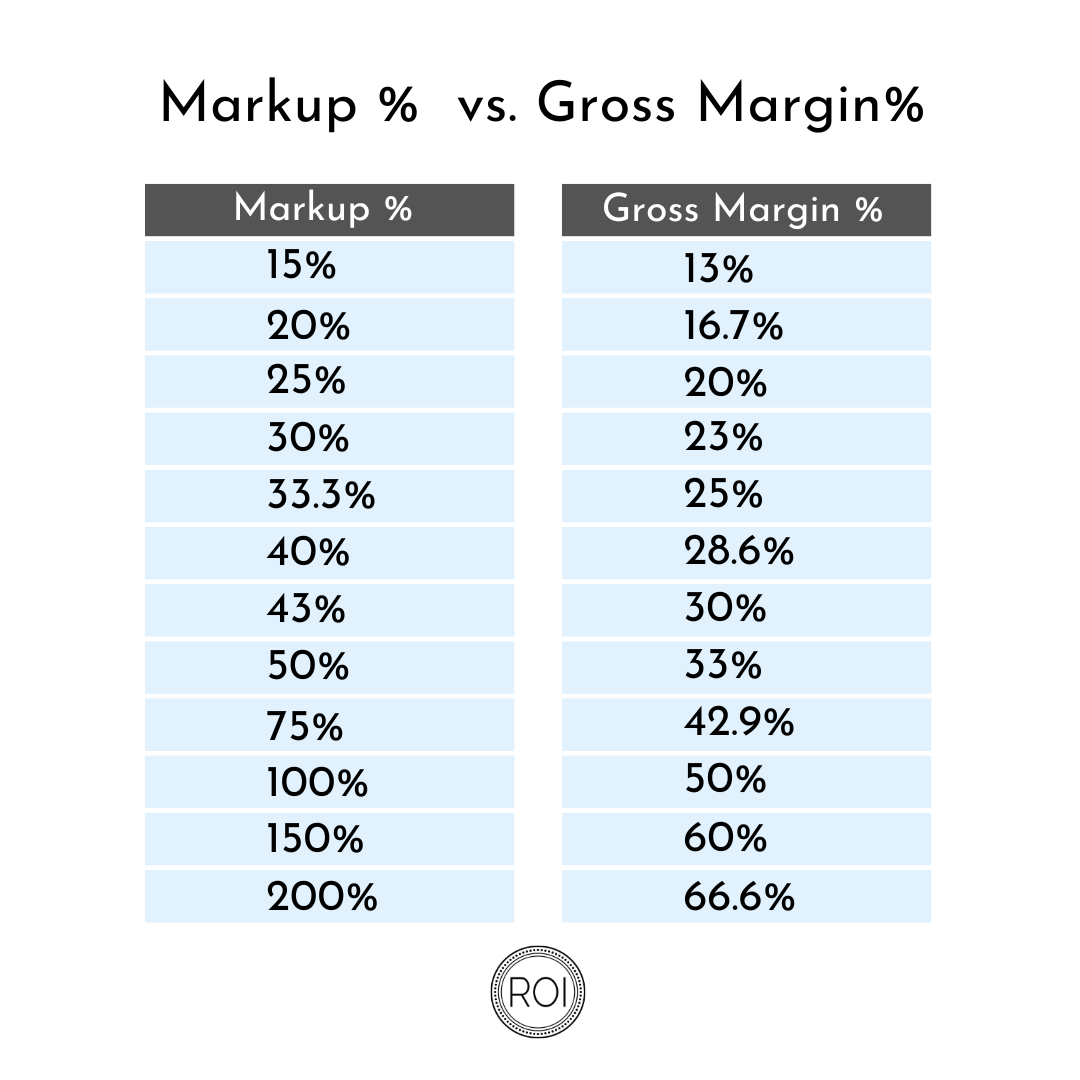5 Critical Things to Understand About Markups and Margins
Even the most experienced designers can get confused about two of the most important financial terms - markups and margins. It requires a much deeper dive into your business to get to the heart of each one, and why they are SO important. But having a strong understanding about how markups and margins impact your company can really help you wring even more money out of your services! So let's take a look at 5 things you really should understand about these terms!
1. Markups Are for Products and Services
Most designers understand this one. A markup is how you set the cost of your products and services beyond what YOU paid for them. So you may buy a sofa with your designer discount at $1,000 and then sell it for $2,000, which is a 100% markup. Many designers use a sliding scale for markups, to help them hit a good profit margin on the project overall. So they might mark up fabrics at 100% and a table at 30%. That helps them hit a good margin while being competitive with their product pricing.
2. Margins Are About Profits
Margins - sometimes called profit margins or gross margins - refers to the amount you will make when you subtract your expenses from your income. It is the difference between what you earned and how much you spent to earn it. The higher the percentage of your margin, the more money you're making. To calculate the percentage, subtract the expenses from the income, and then divide that number by the income again. You can calculate a profit margin on your services, on a single project, or for your company's full income for the year. And I suggest you should do ALL of those! That way you can see which services are most profitable, which projects brought in the most money, AND how your company is doing as a whole.

3. They Are Not Interchangeable
You can already see the BIG differences between these two terms. But here's why they REALLY are not the same thing. First, you can be fooled into thinking you are making a lot of money if you're just marking up products and watching your income. I once worked with a designer who thought she was making a TON of money because she was seeing literally millions flowing in. But she neglected to look at what was flowing OUT!! When we calculated her profit margin, it was 6%. She was barely making any money at all. In general, a good rule of thumb is to have a profit margin around 40% to 45%. Second, you have got to mark products up more than you think to reach a good profit margin. That means your overall markup needs to be HIGHER than 40%. If you take $100 and mark it up 40% to $140, the profit margin is only 28.6%.
Here is a little visual to help this confusing topic:

4. They Need Your Attention
Hopefully you now REALLY get how and why you need to know these numbers!! You've got to have a good handle on how you're marking up your products AND how you're charging for your services so that you are DEFINITELY running a profitable business. That's why you should calculate your profit margins for each service you offer, for each project you have, and for your business as a whole. And your accountant can do that FOR you. But then you can analyze each item to see where you need to make changes!
5. They Create a Balance in Business
Taken together, markups and margins can help you find a healthy balance. For example, you'll find that design consulting has the highest profit margins. That would include things like Design in a Day. There are no real expenses other than your time, so the margins can be up around 90%! BUT, they don't bring in as much money - you can't mark them up the way that you can with a full-service project. Understanding all of those numbers can help you decide where to spend the bulk of your time and energy, too.
Whew - that's a LOT, right?! I get that it can be overwhelming to keep up with all of the financial info and analysis that running a business takes. To help with that, download my FREE Guide for Managing Analysis Paralysis!








